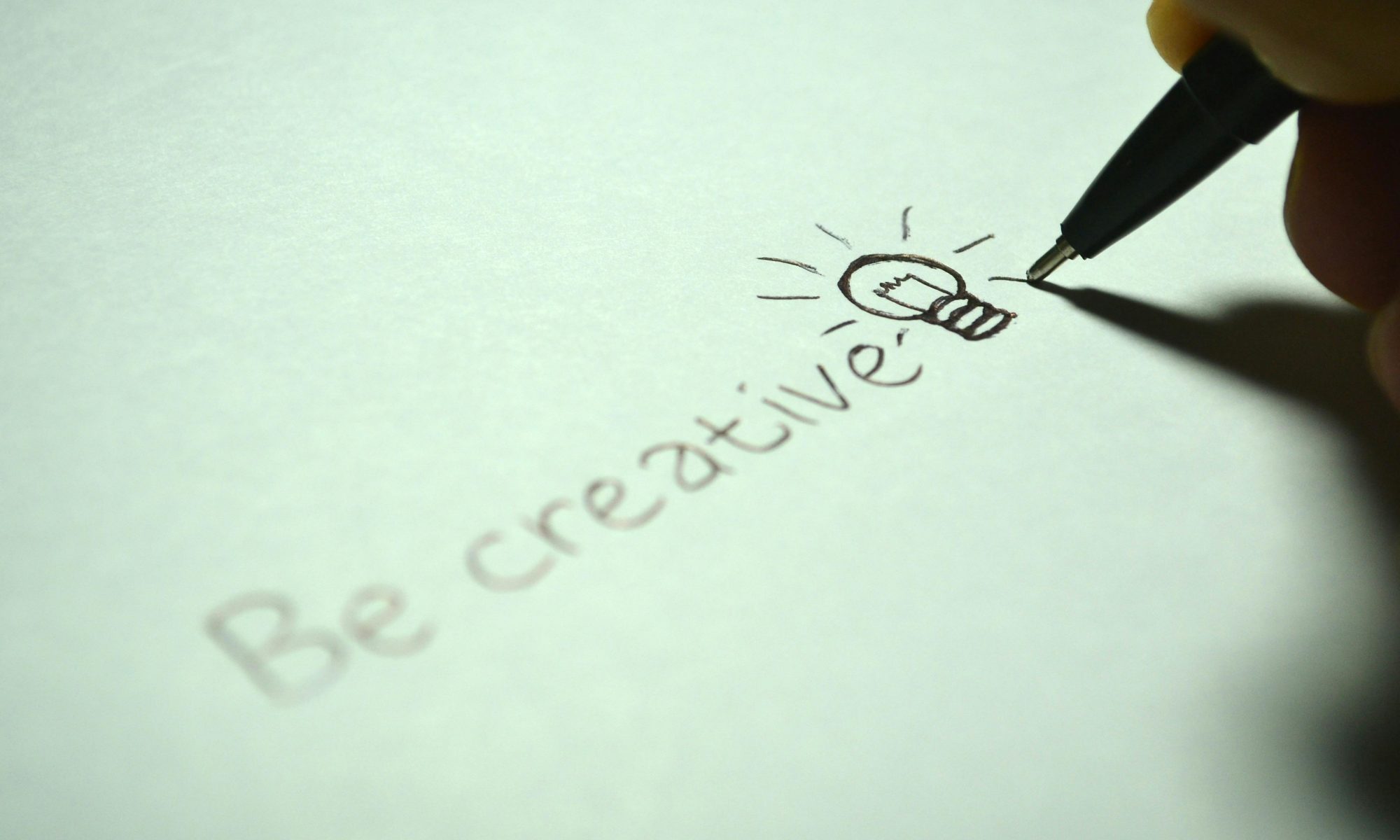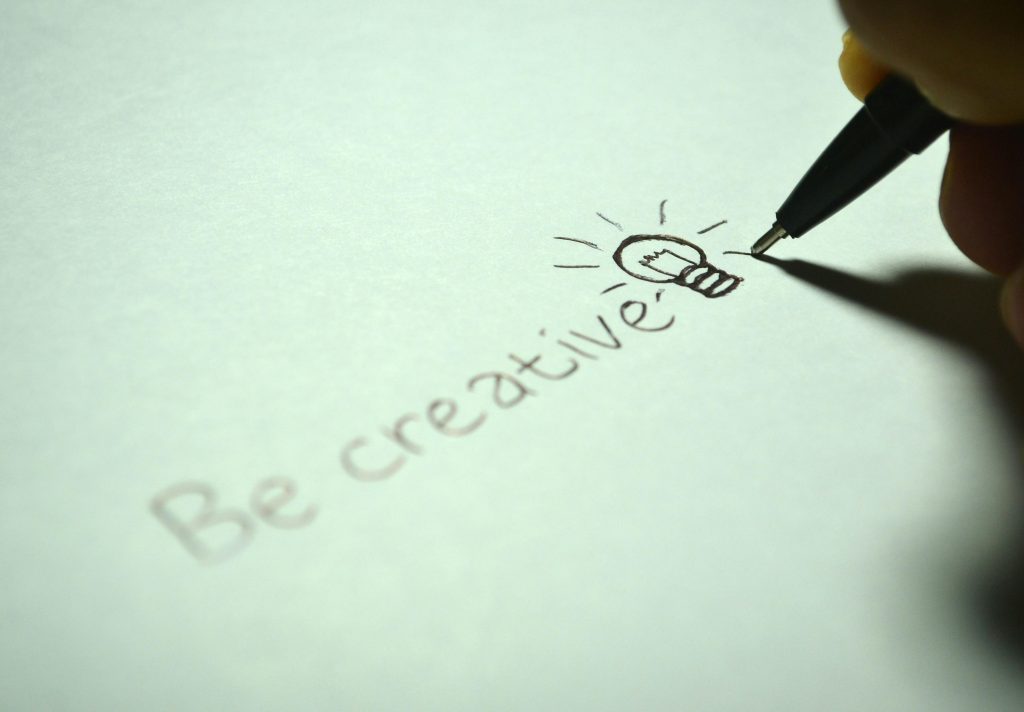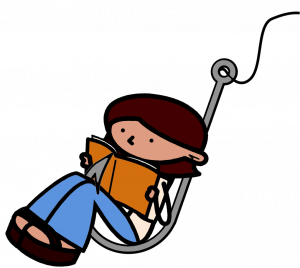Let’s be real—college is expensive. With the average student graduating with $30,000+ in debt, scholarships aren’t just nice-to-haves; they’re game-changers. A single standout essay could cover your tuition, fund your research, or even launch your career. But with thousands of applicants competing for the same awards, how do you make yours unforgettable?
The secret? Pick a college essay topic that showcases your unique story while aligning with the scholarship’s mission. Judges aren’t just looking for high achievers—they want students with passion, resilience, and a vision for how they’ll use their education. Below, we’ve broken down the 10 most powerful scholarship essay topics, complete with real-world examples and prompts to help you craft a winning narrative.
Whether you’re a STEM whiz, a community activist, or someone who’s turned personal struggles into strengths, there’s a scholarship-worthy college essay topic here to help you stand out—and secure the funding you deserve.
Top Scholarship Essay Topics
- Overcoming Adversity
- Example: “Describe a challenge you faced and how it shaped your goals.”
- Works well for students who have dealt with hardships (financial struggles, health issues, family obstacles).
- Leadership & Initiative
- Example: “Discuss a time you took initiative to solve a problem in your community.”
- Great for students who founded clubs, led projects, or mentored others.
- Career & Academic Goals
- Example: “How will this scholarship help you achieve your future career plans?”
- Ideal for STEM, medical, or business-focused scholarships.
- Community Service & Volunteering
- Example: “Describe a volunteer experience that changed your perspective.”
- Works well for humanitarian-based scholarships.
- Cultural Identity & Diversity
- Example: “How has your background influenced your aspirations?”
- Strong for minority, first-gen, or international student scholarships.
- Passion Projects & Hobbies
- Example: “How has an unexpected hobby shaped who you are?”
- Unique angles (e.g., coding, art, or even birdwatching) can stand out.
- Personal Growth & Lessons Learned
- Example: “What failure taught you the most?”
- Shows resilience and self-awareness.
- Why You Deserve This Scholarship
- Example: “What makes you the best candidate for this award?”
- Be specific—tie your answer to the scholarship’s mission.
- Social Issues & Advocacy
- Example: “How do you plan to address a problem you care about?”
- Works for activism, environmental, or policy-related scholarships.
- Unconventional Life Experiences
- Example: “Share a unique experience that defines you.”
- Could be travel, family traditions, or an unusual job.
Popular Scholarship Essay Prompts
Many scholarships reuse similar prompts. Here are the most frequent ones:
- “Tell us your story.” (Keep it personal and engaging.)
- “How will this scholarship impact your education?” (Focus on future goals.)
- “Who is your role model and why?” (Tie it to your own values.)
- “What is your greatest achievement?” (Highlight skills, not just awards.)
- “Describe a time you made a difference.” (Show leadership/impact.)
- “Where do you see yourself in 10 years?” (Align with the scholarship’s mission.)
- “What does [hard work/teamwork/integrity] mean to you?” (Use real examples.)

Tips for Winning Scholarship Essays
- Be Specific – Avoid vague statements; use vivid details.
- Show, Don’t Just Tell – Use anecdotes to demonstrate qualities.
- Tailor Each Essay – Match the scholarship’s values.
- Proofread & Edit – Typos can hurt credibility.
Every year, Harvard shares their favorite essays from recent applicants. Check out Harvard’s 2024 successful essay examples for a little inspiration.
Final Thoughts
The best scholarship-worthy college essays tell a compelling story while aligning with the organization’s goals. Be sure to pick a topic that feels authentic—judges can spot generic (and ChatGPT-generated) essays easily. Don’t be afraid to be honest and open. Let your rizz show through your writing!
Still need help perfecting your thoughts? The Essay24 team is here to help! We offer proof-reading services, as well as writing assistance. Let us know!


















